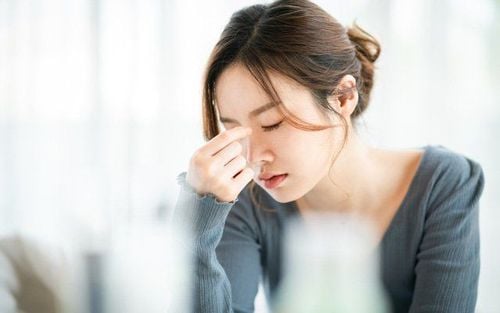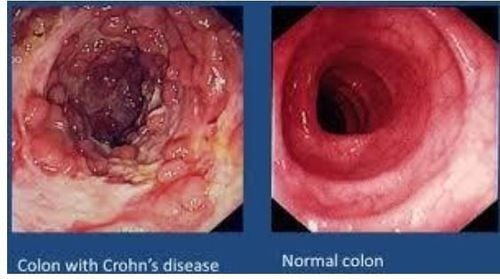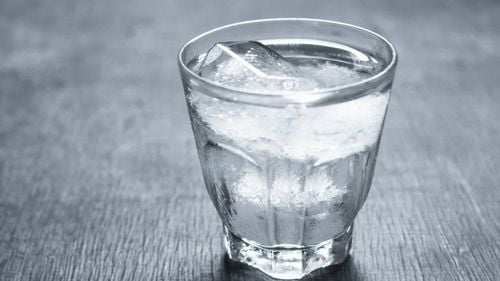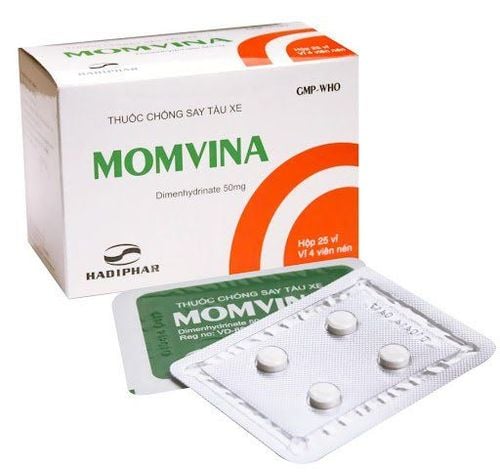This is an automatically translated article.
An inability to sweat could be due to anhidrosis. A prolonged lack of heat that prevents the body from cooling itself can cause serious heat-related complications such as heatstroke, muscle cramps, or exhaustion.
1. Overview
Anhidrosis is another name for a condition in which the body does not sweat as it should, which makes it impossible for the body to cool itself, which in turn leads to overheating, sometimes leading to heatstroke and even death .
There are many factors that cause anhidrosis, including trauma to the skin, certain diseases and medications.
Treatment of the body not sweating due to anhidrosis can be highly effective when the cause is found.
2. Symptoms
Signs and symptoms of anhidrosis include:
Little or no sweating Dizziness Muscle cramps or weakness Flushing Feeling hot Heat loss can occur over most skin or one area certain on the body.
The failure of one area to dissipate heat, will lead to compensation by increasing heat loss in other areas of the body. Anhidrosis prevents the body from cooling itself, so people with Anhidrosis should limit intense exercise, strenuous work, and being out in the sun to avoid the risk of cramps, heat exhaustion or even Sun stroke.
Anhidrosis can be the primary disease, or a symptom of another condition such as diabetes or a skin injury.
If the body almost does not sweat in hot weather, during work or intense exercise, see a doctor for early diagnosis and treatment.

Triệu chứng của chứng cơ thể không đổ mồ hôi bao gồm chóng mặt
3. Cause
Anhidrosis can be a congenital or medical condition affecting the nerves and skin, or dehydration. Sometimes the cause of Anhidrosis cannot be found.
Major causes of anhidrosis include:
Self acquired, such as some congenital dysplasias affecting sweat gland development Genetic conditions affecting the metabolic system such as Fabry disease Connective tissue diseases such as Sjogren's syndrome, which causes dry eyes and mouth Skin damage from burns, radiation therapy, diseases that clog pores such as psoriasis Nerve damage caused by diabetes, alcoholism and Guillain-Barre syndrome Drugs such as morphine and botulinum toxin type A, and those used to treat mental disorders
4. Complications
Heat-related illnesses are the most serious complications of anhidrosis. Children are especially vulnerable because their body temperature rises more quickly than adults and their bodies are less efficient at releasing heat.
Failure to self-regulate temperature can cause many complications for the body, especially children, as the temperature rises faster and releases heat more slowly than adults. Common complications of Anhidrosis include:
Heat spasm: Symptoms include pain or muscle spasms. When suffering from this condition, you should rest in a cool place and drink more water. If spasms persist for more than 1 hour, seek immediate medical attention. Exhaustion: Symptoms include weakness, nausea, and rapid pulse. In this situation, the patient should be brought to a cool place and call 911 if it lasts more than 1 hour Heatstroke: Heatstroke occurs when the body temperature is 39.5 degrees Celsius or higher causing redness, heat, or dryness. skin. If not treated immediately, heatstroke can lead to loss of consciousness.
5. Prevention
Anhidrosis is usually not preventable, but its serious complications are possible. Accordingly, you need to pay attention:
Wear loose, thin clothes when it's warm. Stay cool indoors on hot days. Use a spray bottle containing water to cool your body. Monitor activity levels closely to avoid overheating. Learn the signs of heat-related illness and how to treat it. The lack of sweat in the body can seriously affect the health of the patient. Therefore, you should consider the factors and take preventive measures to avoid dangerous complications.
Please dial HOTLINE for more information or register for an appointment HERE. Download MyVinmec app to make appointments faster and to manage your bookings easily.
Reference source: mayoclinic.org













